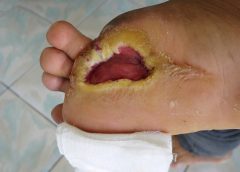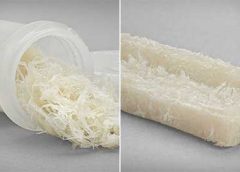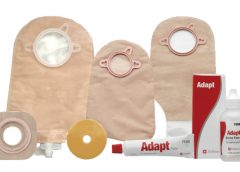By Rosalyn S. Jordan, BSN, RN, MSc, CWOCN, WCC, and Sandra Phipps, BSN, RN, MBA, WCC
Pressure-ulcer prevention and management guidelines recommend support-surface therapy to help prevent and treat pressure ulcers. Support surfaces include pads, mattresses, and cushions that redistribute pressure. Full cushions and cushion pads are considered therapeutic support surfaces if used to redistribute a patient’s pressure in a chair or wheelchair.
The National Pressure Ulcer Advisory Panel (NPUAP) defines support surfaces as “specialized devices for pressure redistribution designed for the management of tissue loads, microclimate, and/or other therapeutic functions.” These surfaces address the mechanical forces associated with skin and tissue injury, such as pressure, shear, friction, and excess moisture and heat. (See Clearing up the confusion.) (more…)
Read More





